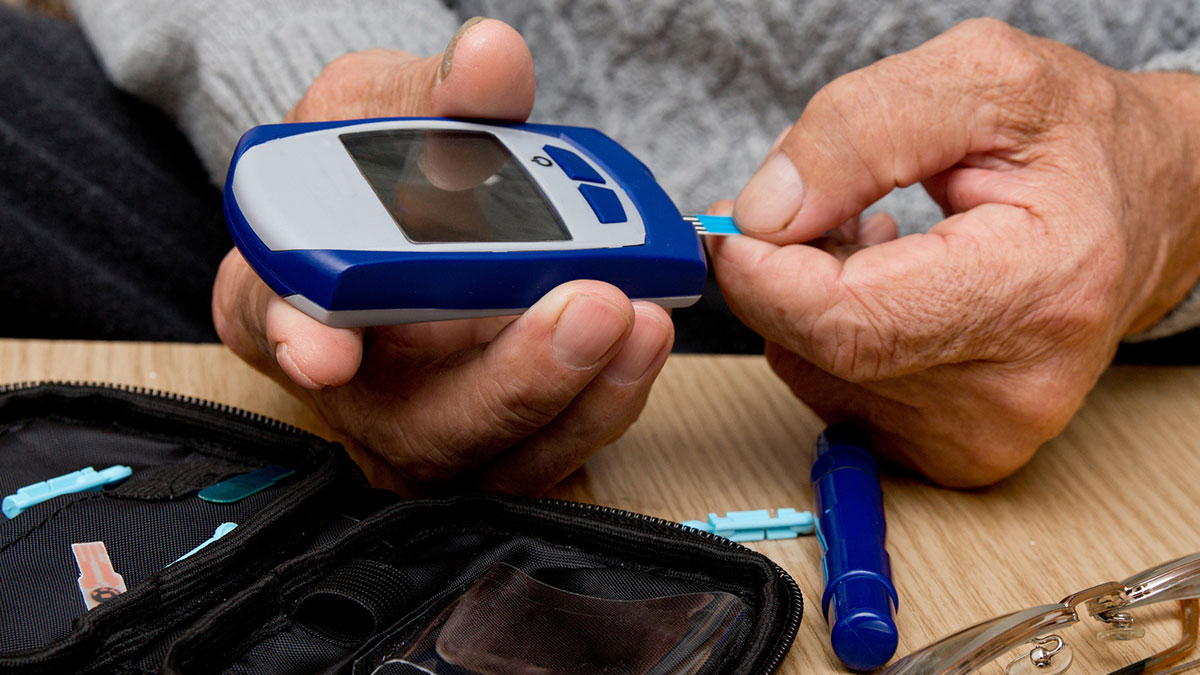The great regulatory catch-up

Medical device manufacturers have a lot to learn from the pharmaceutical sector which, for well over a decade, has been subject to the sorts of rigorous electronic reporting standards soon to be faced by device producers. To ignore the parallels and start from scratch with MDR and other standards now being imposed by international authorities, could double the work companies face. Drawing on pharma’s experiences, AMPLEXOR’s David Gwyn distils some best practices for medical device companies
The medical device regulatory environment is on the verge of monumental change, designed to bolster patient safety and make manufacturers more accountable for keeping checks on their products once they have been released into the real world. Incidents including the high-profile PIP breast implant scandal have contributed directly to the formal steps now being taken, first in Europe but almost certainly globally in the coming years.
For device manufacturers, the new regulatory requirements present some fundamental challenges which have strong echoes of where pharmaceutical companies were some 14 years ago – when EMA and other regional authorities around the world began to usher through new information submission standards, to keep closer checks on medicines and enforce stricter safety controls.
Lessons from pharma
The evolving demands on pharmaceutical companies over the last decade or more have pushed those firms through numerous hoops as they have strived to bring their regulatory information management capabilities up to scratch. After a huge amount of pain and cost, drugs companies have come a long way – their most recent effort being to create a more definitive, consistent and reliable picture of their products from a regulatory perspective, in anticipation of new ISO IDMP requirements. Here, through an internationally harmonised approach to identifying and describing medicinal products, the industry aims to bolster pharmacovigilance activities, make it easier to locate and exchange product and substance information globally; promote reuse of data across different procedures and regulators; and generally streamline regulatory processes so that these become steadily less onerous for everyone concerned.
This was a journey that started in 1995 for companies producing human medicinal products, when requirements for more standardised drug registrations and formalised post-approval surveillance/pharmacovigilance activity and reporting, started putting pressure on the industry to get their information in order. That is, to devote entire departments, procedures and software to capturing, managing, tracking and reporting on the detail needed, in the right format, at the right time, through the right channels.
Until now, medical device manufacturers have been largely exempt from such controls, and have seen themselves in a different category. While quality and safety have always ranked highly for reputable players, any teams, systems and processes for managing this have tended to be based on the manufacturing shop floor in a product lifecycle management context.
But all that will need to change in the run-up to the European Commission’s new medical device regulation (MDR), applicable from May 2020, and the equivalent in vitro diagnostic medical device regulation (IVDR), due for introduction in May 2022.
One of the most critical areas of focus of these new regulations is post-marketing surveillance and follow-up research and feedback, once medical devices are being used by patients. Once the new regulations are live, it will be incumbent on device manufacturers to formally monitor the long-term safety of their products – watching out for signs of leaking implants, metal release from hip replacements, and so on. They will be expected to provide evidence of their follow-up findings in periodic safety update reports.
You can’t manage what you’re not measuring
Clearly, then, companies need to be able to capture post-market safety data. MDR demands a detailed summary of safety and clinical performance information, which must be updated and reported at regular intervals with post-market clinic follow-up findings – a combination of formal studies, incoming feedback from patients and GPs, and potentially commentary captured via public online patient forums and social media platforms.
While some forms of follow-up will have been taking place routinely with life-and-death devices such as pacemakers, the new post-market surveillance requirements will apply to every category of medical device, creating a lot of work for manufacturers. The implications of falling short of authorities’ expectations could be significant, ranging from multi-million-dollar fines and products being taken off the market, to lasting reputational damage.
The increased rigour is expected to be replicated globally, too. It is estimated that, in the US, more than 1.7 million injuries and almost 83,000 deaths may have been linked to medical devices, based on reports to the FDA over a 10-year period, due to inadequate checks into manufacturers’ safety claims. And, significantly, the International Medical Device Regulators Forum (IMDRF) has a keen interest in MDR and IVDR, which could result in countries in Asia and South as well as North America adopting their own variations on the requirements in the coming years. IMDRF’s remit is to accelerate international medical device regulatory harmonisation and convergence much as the International Council for Harmonisation (ICH) does in the global pharmaceutical industry.
Piggybacking on pharma best practice
With little more than a year to go until the first new requirements come into force in Europe, there is a growing sense of urgency for medical device manufacturers to put in place strategies, processes and systems for managing all of their new reporting responsibilities.
So what can they learn from their counterparts in the pharmaceutical sector, to save them repeating early mistakes?
The first takeaway is not to see the coming changes as a single event that manufacturers can plan for with a definitive, one-stop project. If pharma has learnt one lesson above all, it is that the global regulatory climate is continuously evolving, so trying to pin down all requirements up front, or waiting until all the final variables are known before getting going, is not a practical approach.
Similarly, regulators’ hunger for information is seemingly insatiable, so selecting a series of best-of-breed applications that each handle a finite set of parameters has been found to be a false economy. When pharma companies did this, many ended up with 20 or more different systems from different vendors, all of which needed to be supported and updated, and many of which did not integrate and share data very easily with each other. This caused firms to fall back on manual processes and spreadsheets for managing all of the contributing information, reintroducing inefficiency, potentially introducing errors and undermining their considerable investments.
Create solid core content once, then repurpose
Over time, pharma companies have realised that it is far more practical to create a more fluid, end-to-end information management capability which can be adapted to a range of different needs. The ideal many firms are now working towards is the creation of a single, complete, master set of data about their products and their evolving status – one that spans R&D, approvals, and post-marketing follow-up, and which can be applied as needed for each different use case.
Having a clear line of sight across a definitive single set of complete information offers companies all sorts of advantages, not least the scope to reduce repetitive data re-entry or document creation, and the opportunity to automate preliminary information checking and content building processes. In pharma, companies have been able to do away with huge teams of temporary staff who had been drafted in to review and edit regulatory documents ad infinitum. With strong, authenticated master data to draw on in support of multiple use cases, they were able to automate much of this work.
Seeing the bigger picture
Looking for broader efficiency gains will also serve medical device manufacturers well as they are required to provide better information directly to patients – for instance, online advice about the lifespan of a product, or guidelines about airport safety for users of pacemakers. That’s aside from the immediate benefits of being able to call up a product’s status information in a couple of clicks, to verify where it is currently approved, or what has been the latest correspondence with a particular authority.
Working towards a comprehensive, global master resource of product regulatory data offers medical device manufacturers a host of potential advantages, and a chance to skip to the point that many pharmaceutical companies are only just getting to now.
With the first deadlines for the new regulatory compliance bearing down, medical device manufacturers need to get a move on now.
One of the first discussions may need to be about moving extended product data management off the shop floor into a regulatory lifecycle/regulatory information management (RIM) environment, overseen by those tasked with matters of safety and compliance. Certainly, as post-marketing surveillance activities grow in prominence, the role of Regulatory Affairs teams will become more critical in the medical device sector, with a likelihood that relevant skills will be in high demand.
This is yet another reason why manufacturers should start acting now.
About the author
David Gwyn has more than 25 years’ experience in the life sciences industry, delivering high-impact content management and collaboration solutions for clients. In addition to his role as a global solution architect for AMPLEXOR Life Sciences, David leads the DIA EDM Submission Reference Model team, which has developed a document architecture for use when designing and building content management solutions.











